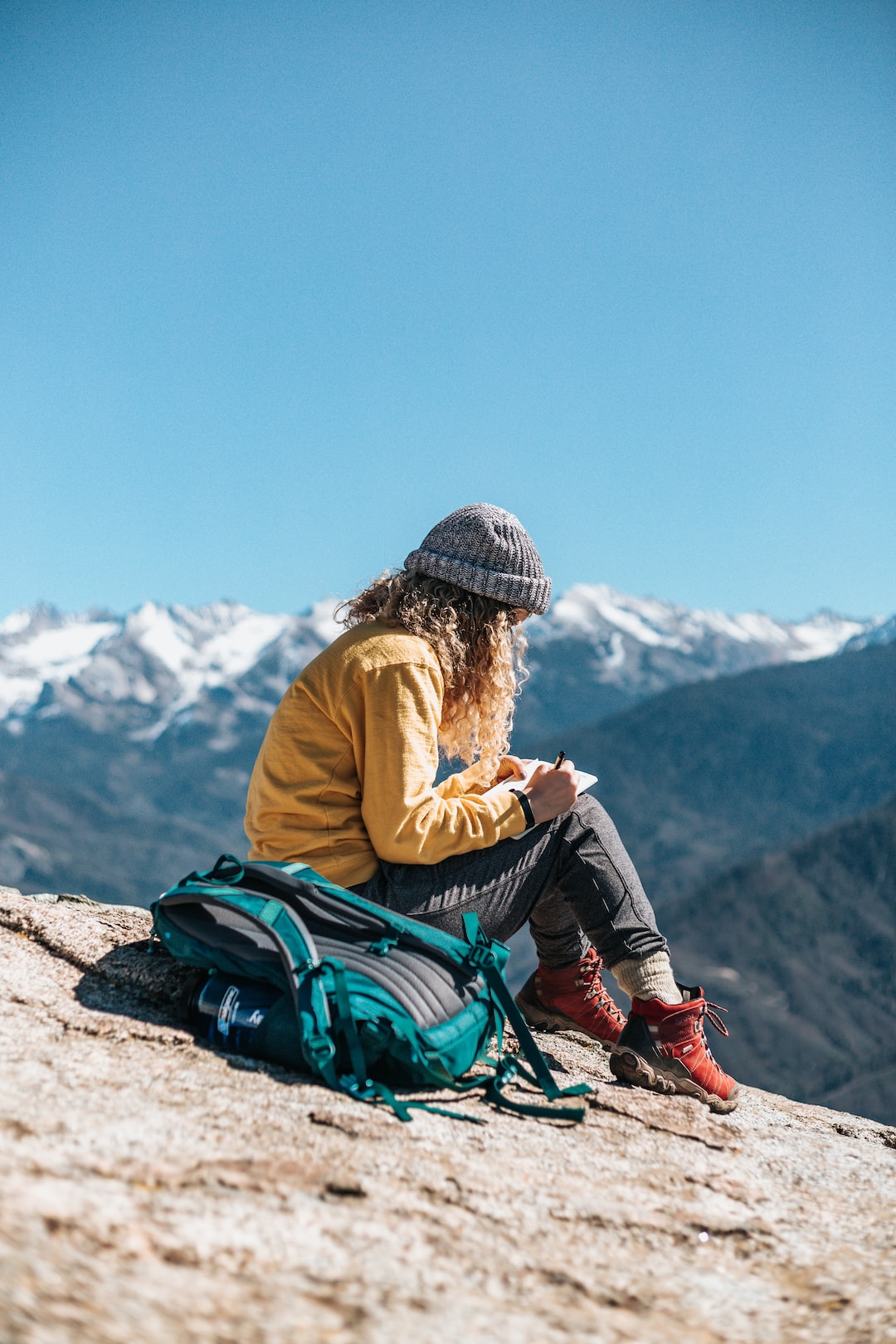Film crews have always been instrumental in bringing the cinematic experience to life. Almost everyone has seen a movie or a TV show at some point in their lives and enjoyed its magic on screen, but only a few have ever thought about the people responsible for creating that experience. Behind the camera, it is the crew who work tirelessly to set up the perfect shot, position the lighting, and make the actors look like stars. This article will provide an insight into the workings of film crews and how they create the magic we see on screen.
First, there is the director, who is ultimately in charge of the film’s vision. The director manages and coordinates the entire crew, working hand in hand with the producer to bring the film to life. They guide the actors, make sure everyone is on the same page with the storyline, and ensure that the film’s atmosphere and tone are consistent. The director communicates their vision through storyboards and shot lists, enabling the cinematographer to capture their vision on camera.
The cinematographer or director of photography (DOP) is responsible for the visual elements of the film. They work closely with the director to capture the right shot, set the mood and tone, and find the right angles for each scene. They use lighting, camera angles, lenses, and other tricks to create a cinematic look that feels real and authentic. The cinematographer also manages the camera crew, guiding them in capturing their vision and ensuring the shots are properly framed.
The lighting department is responsible for creating the perfect lighting for each scene, no matter how simple or complicated it may be. They use different lighting techniques, such as floodlights or gels, to create the right ambiance, mood and texture for the film. They work closely with the cinematographer, and sometimes even the director, to ensure that each shot looks exactly as intended.
Next, the sound department is responsible for capturing and creating the audio elements of the film. This includes everything from dialogue to background sounds, music and sound effects. They use a variety of equipment, such as microphones and sound recorders, to capture clear, high-quality sound on set. After the filming of the scenes is complete, they mix different audio elements to create the final soundtrack.
The art department creates everything that we see on screen. They are responsible for all aspects of the production design, including sets, props, costumes, make-up, and even special effects. They work closely with the director to ensure that the look and feel of the film matches their vision. They also work with the cinematographer to ensure that the lighting and set elements are matched perfectly, creating a cohesive and fluid look.
Finally, there are the production assistants, who work behind the scenes to ensure everything runs smoothly. They assist with the transportation of crew and equipment, set-up and clean-up of locations, and running errands for the cast and crew. These are often the unsung heroes of any production as they tirelessly work behind the scenes to make sure everything is running efficiently and according to schedule.
In conclusion, making a film or TV show is a highly collaborative effort. Every member of the film crew plays a vital role in bringing the director’s vision to life. From the cinematographer and lighting department, to the sound and art department, and even the production assistants, everyone works towards a common goal, which is to make the best possible film or TV show. Behind the camera, the film crew works long hours and face a lot of challenges, but they do it out of their love for filmmaking, knowing that the final product is worth it.

